The Unapologetically Queer World of Eastsiders
It’s time to say goodbye to our favorite group of beautifully broken Los Angelenos.
For the last eight years, Kit Williamson has brought the unapologetically queer world of Eastsiders to our screens. Over that time, the show, which follows the lives and relationships of a group of flawed friends in Silverlake, Los Angeles, has become a kind of phenomenon, earning multiple Daytime Emmy nominations. Now, it’s time to say goodbye. The fourth and final season of the groundbreaking LGBTQ series premiered on Netflix this past December.
At the heart of Eastsiders is Cal (played by Williamson) and his on-again-off-again live-in boyfriend Thom (played by multiple Daytime Emmy nominee Van Hansis) as they navigate their often tumultuous and frequently messy relationship. Williamson’s husband and co-producer, John Halbach, also stars as Ian, the boyfriend of Cal’s best friend Cathy (played the superstar-on-the-rise Constance Wu). As the show grew into its later seasons, so did its scope. The show includes people of multiple identities: gay men, straight couples, lesbians, drag queens, and gender non-conforming folks. And then, of course, the issues that these people face: open relationships, marriage, infidelity, sexual fluidity, unplanned pregnancy, PrEP use, HIV status, and so much more.
“I think the show has really found its voice in the later seasons as a dialectic on love and queer relationships,” said Williamson. “We get so few representations of longterm queer relationships that are allowed to unfold over the course of years.”
Without giving too much away, the final season focuses heavily on the pending nuptials of drag queen Douglas (played by the incomparable Willam Belli) and his fiancé, Quincy (played by Stephen Guarino), and the questions that the wedding raises for everyone about marriage in a queer relationship. Meanwhile, Ian deals with his own fractured relationship with Cal’s sister Hillary (Briana Brown), while exploring his own sexual identity. We also find series OG Jeremy (Matthew McKelligon) and his partner Derrick (Leith Burke) in the throes of fostering a child. And, tried and true as ever, Cal and Thom question their compatibility. You’ll have to watch to see how it all ends.
And, in honor of that end, Williamson and team premiered a documentary on Youtube yesterday that details the trials and tribulations of the making of Eastsiders.
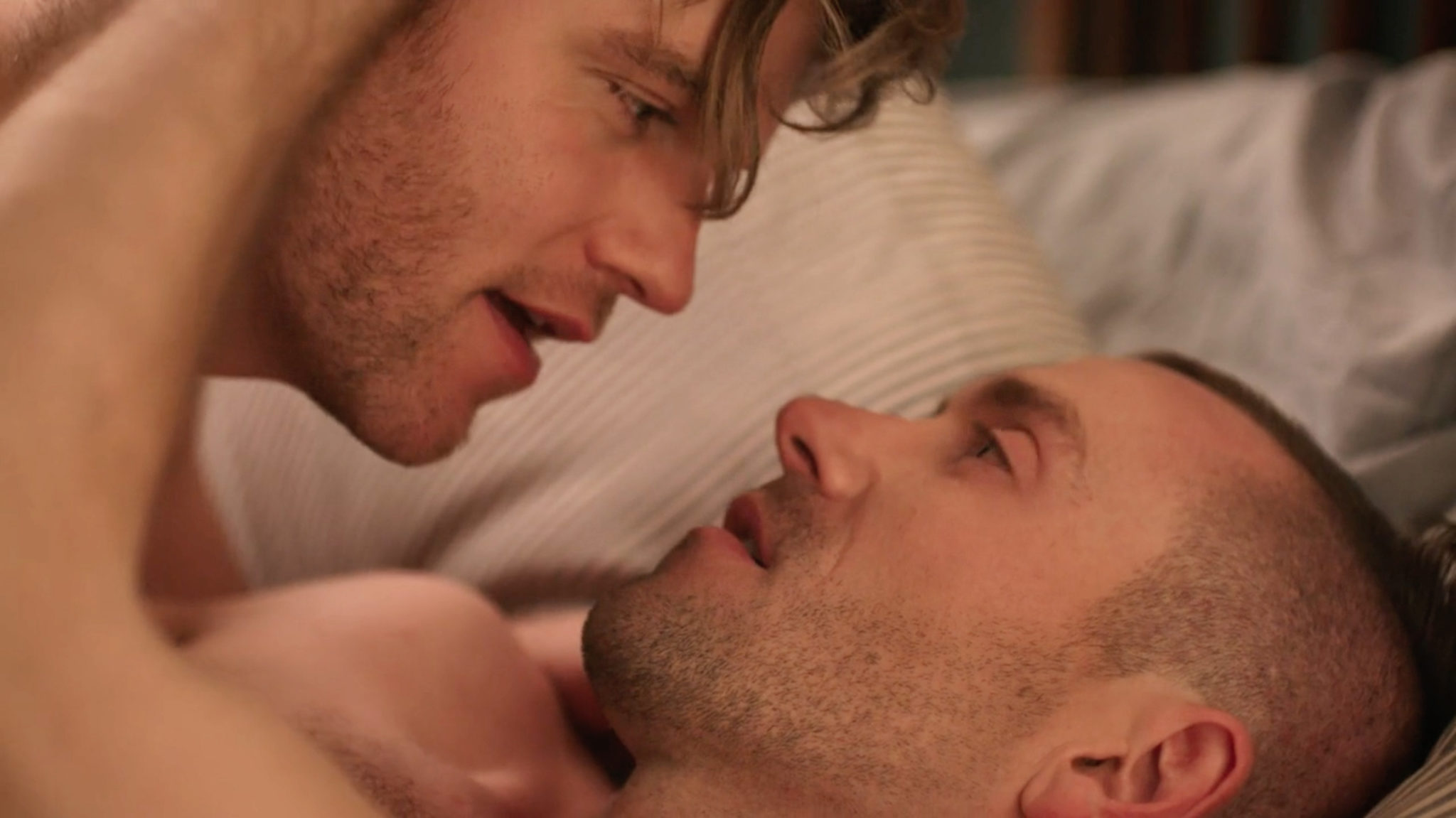
Central to the struggle of creating Eastsiders is the uphill battle of micro-budget filmmaking. Eastsiders began as a labor of love for Williamson. Frustrated with not only a lack of opportunities upon his arrival to Los Angeles but also with the lack of LGBTQ+ focused programming, Williamson decided he’d just make his own show. Simple as that, right? Wrong. What followed were years of constant dedication to what he and Halbach call their “web series baby.”
Williamson cast his acting classmates and friends, called in every favor he could, and shot the first two episodes of Eastsiders and uploaded them to Youtube. The response from the queer blogosphere was quick. People loved the show. They wanted more. A crowd-funding campaign followed and the project exceeded its funding goal in just four days. The complete first season was then picked up by Logo for distribution on its website.
Over its seven-year run, Eastsiders has consistently relied on crowd-sourced funding. A much larger crowd-funding effort began for season two, which was streamed on Vimeo. Prior to season three, Netflix purchased the show and that’s where it’s stayed for its final two seasons, though there was crowd-funding for each of the final two seasons as well. Williamson credits these crowd-funding efforts with creating a loyal Eastsiders fanbase, the size and dedication of which Williamson and team never expected.
Another struggle they’ve faced is the success of the individual members of the Eastsiders family. You’ll notice Constance Wu isn’t anywhere to be found in season four. Unfortunately, her contracts with other projects prevented her from appearing.
While there were plenty of drawbacks to the independent journey of Eastsiders, there was one very notable upside: complete creative control, or, as Williamson put it, “being able to tell a story from an unapologetically queer point of view without having to answer to any sort of network censors or hand-wringing development executives.”
“We’re not worried about what straight people might think about these characters,” he said.
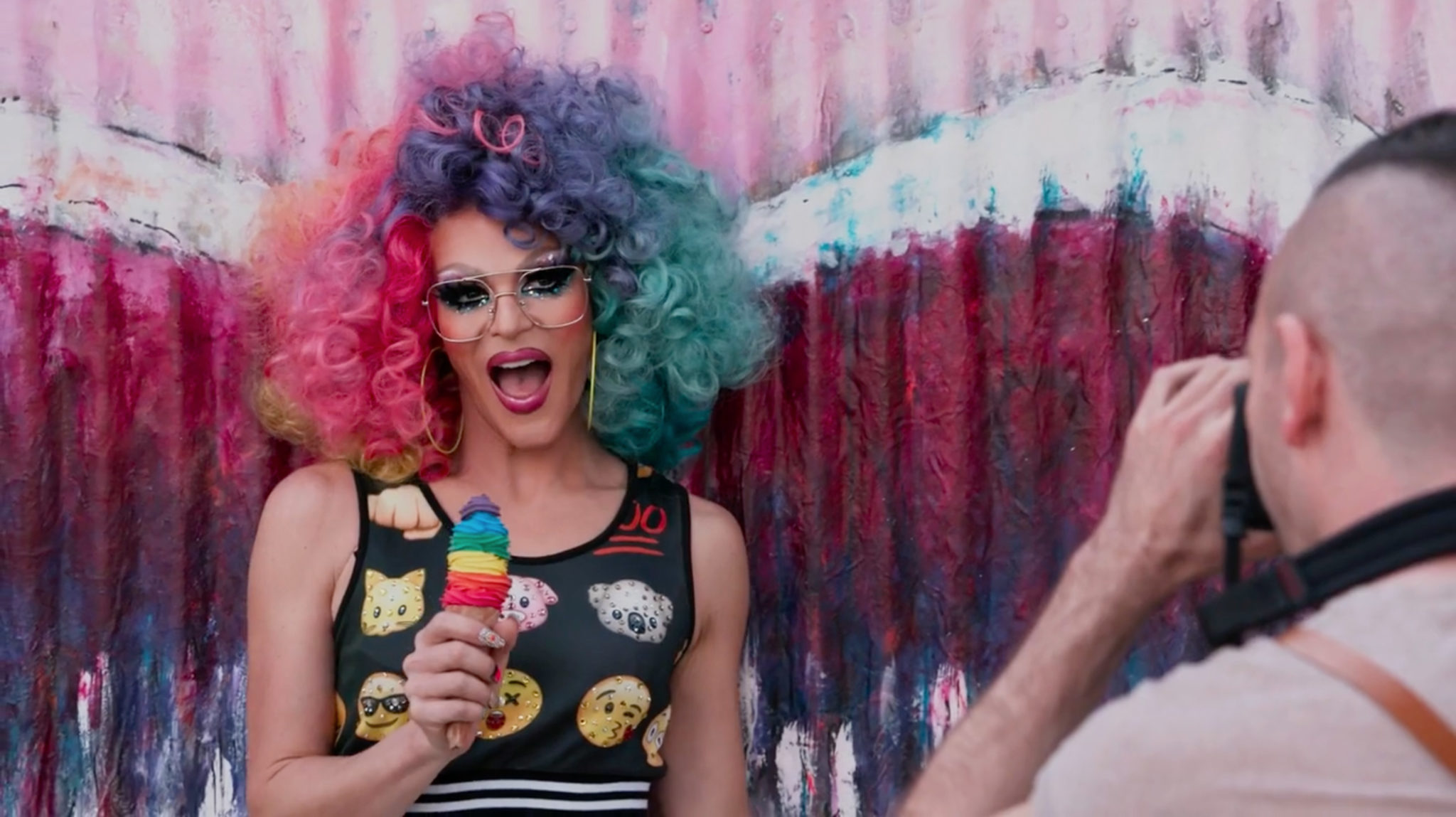
In doing so, Williamson created a queer television show for a queer audience. There are no over-the-top origin stories or unnecessary explanations as there might be in a show catering towards predominantly heterosexual viewership. “I’m trying to speak in a shorthand for a queer audience. We don’t need to be spoonfed our own stories,” he said. “We can just exist in the world and have our queerness be a fact of our existence rather than the driving force of the narrative.”
One clear example of this is how the show introduced its two undetectable characters this most recent season. Their HIV status is mentioned in passing but without much fanfare. There is no emotionally fraught backstory on diagnosis or in-depth conversation around the topic. Williamson worked closely with the LA LGBT Center on the HIV-related storyline to ensure it was approached responsibly and without sensationalizing it.
“I wanted to create a show that was really about relationships,” said Williamson, “and have that show depict important issues responsibly but also causally as well because that’s how we interact and engage with these issues in our actual lives.”
Having grown up in the conservative south, Williamson understands the importance of queer representation in media. Williamson credits shows like the UK version of Queer as Folk for saving his life – a literal lifeline to the experiences of other queer people, albeit fictional ones. “I didn’t know any other gay people growing up. I felt like I was the only person in the world like me,” he said. “If you feel alone like that, it’s really easy to believe the lie that you’ll never be happy.”
Now that Eastsiders is on Netflix, its reach has grown exponentially. It has been dubbed in a number of different languages and is available to a truly global audience. Williamson says that he’s received notes from fans from all across the globe, including countries where it is either dangerous or illegal to be openly queer.
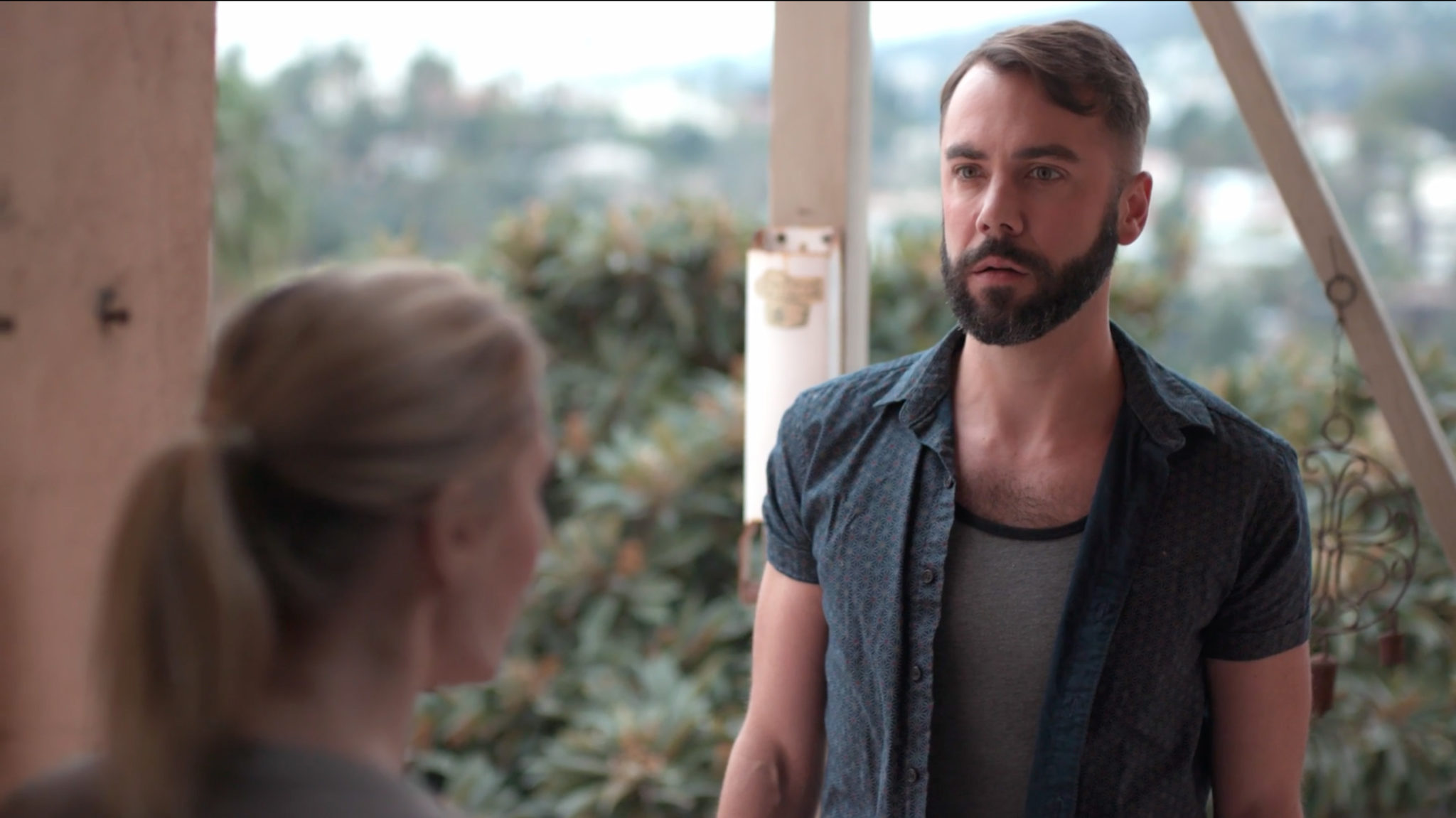
That doesn’t mean Eastsiders doesn’t have its critics. It has plenty. “One of the most common criticisms of the show, particularly from other gay men, is that it paints gay people in a ‘bad light,’” Williamson told me. To be fair, the characters on Eastsiders are flawed people, but Williamson created them to be flawed. “The show is not about role models,” he said. “The show is about people who make mistakes and have flaws and complexities and fuck up their lives.”
“The show is about trying to be a good person. It’s about trying to better yourself and to be a good partner and to make the right decisions. It’s not about succeeding at doing those things all the time. What a boring fucking show that would be!”
Williamson addressed these critiques head-on in the most recent season with the inclusion of a new character. In the first episode of the season, Clifford, Thom’s publisher, tells Thom that he doesn’t think people will want to read Thom’s essays about a “relationship like that,” meaning an open relationship.
“We’re our own worst enemies when we start to police one another and clutch our pearls and worry what other people might think about us,” said Williamson. “I think it kills honest and authentic representation. It prevents us from having necessary conversations about sexual health and other issues facing our community.”
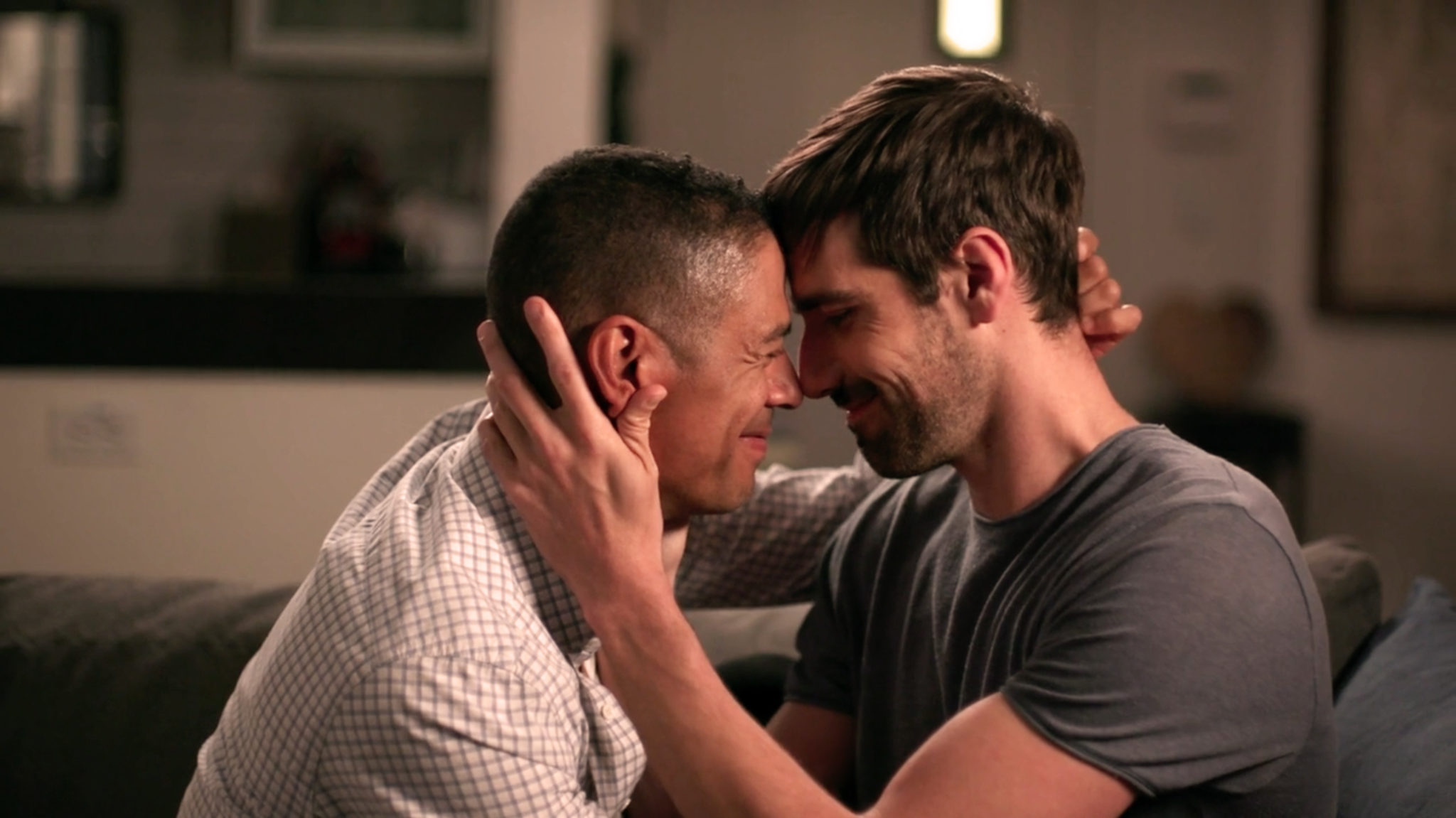
Williamson is happy that he has his critics. It means he’s doing something right. “I’m thrilled that I’m pissing people off,” he said. “We’ve always had this struggle in our community, right? We need the Gay Liberation Front and the Mattachine Society. We need the radicals and we need the moderates. It’s necessary to have that push and pull because I think what we’re really trying to navigate is the creation of a world where we all respect one another.”
Williamson also knows that Eastsiders is just one story of one group of queer people. He doesn’t expect every LGBTQ+ person to see themselves in his story. And he’s ok with that. “You can’t tell the story of an entire community in one narrative. It’s an impossible task,” he said. “That’s why it’s so problematic that we put so much pressure on queer stories to be all things to all people.”
“We put that pressure on these stories because we are starved for queer representation.”
“If you attempt to be all things to all people you lose any sort of specificity of character, and what’s left other than representation at that point?” said Williamson. “Representation by itself is powerful, but it’s not storytelling.”
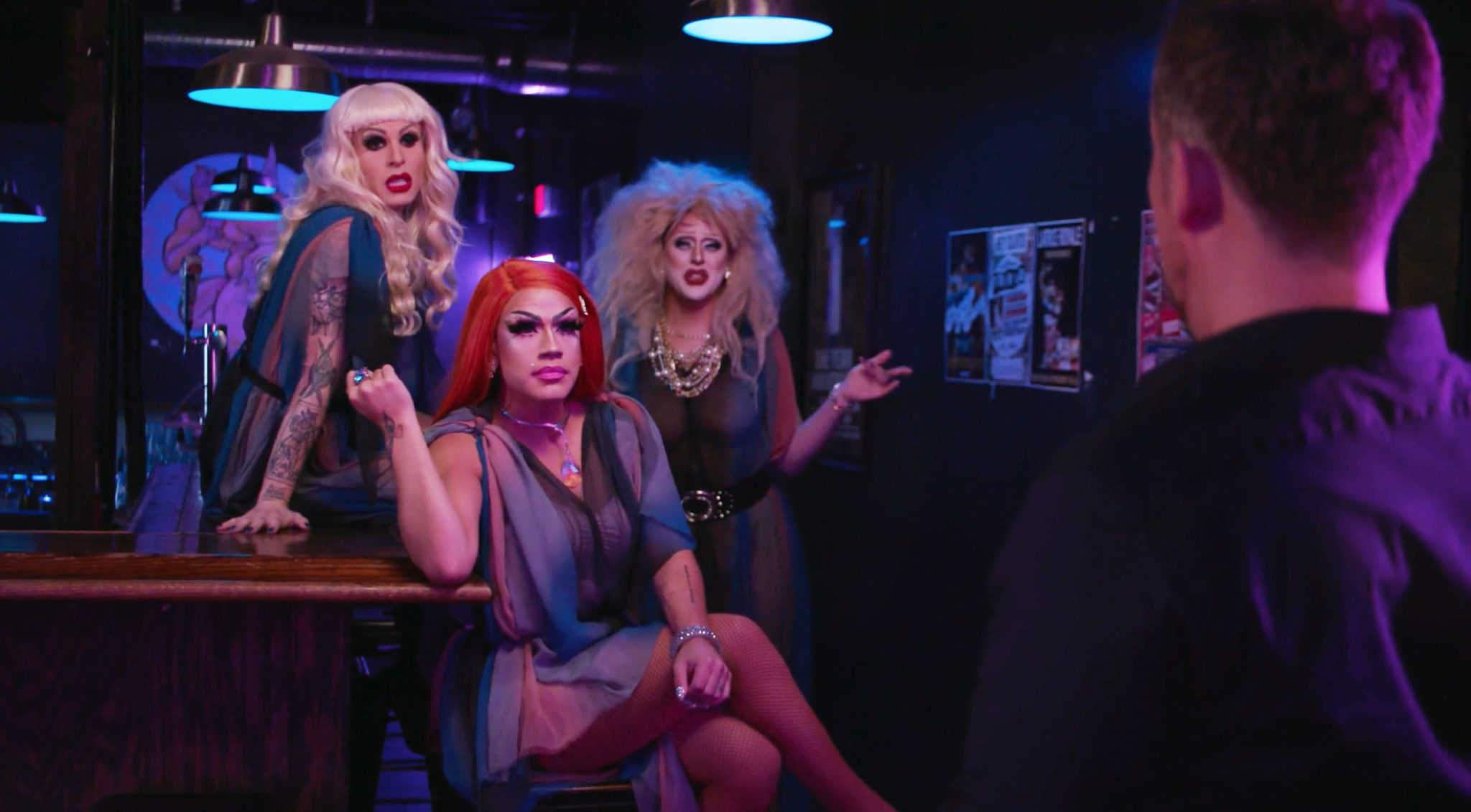
Williamson hopes that there will continue to be space for all kinds of queer narratives, ones that tell the stories of all types of queer people. “I think we need to show the wide range that exists because there’s no one right way to be queer,” he said. “To be queer is to hopefully be unique.”
In today’s political climate, Williamson believes it is more important than ever to tell these unapologetically queer stories. “I think as we slip back, there is a sort of real temptation to keep your head down and hide who you are. I think we have to push back against that in any way that we can because freedom dies in darkness and silence.”
For his part, Williamson has a couple of other queer-focused projects in the works. He’s also hinted that he may not be done with the characters of Eastsiders – he’s floated the idea of a movie on his Patreon page.
“I want to make it my life’s mission to get as many different queer stories out there as possible,” he said.
Check out Eastsiders: The Documentary below. All four seasons of Eastsiders are available to stream on Netflix.